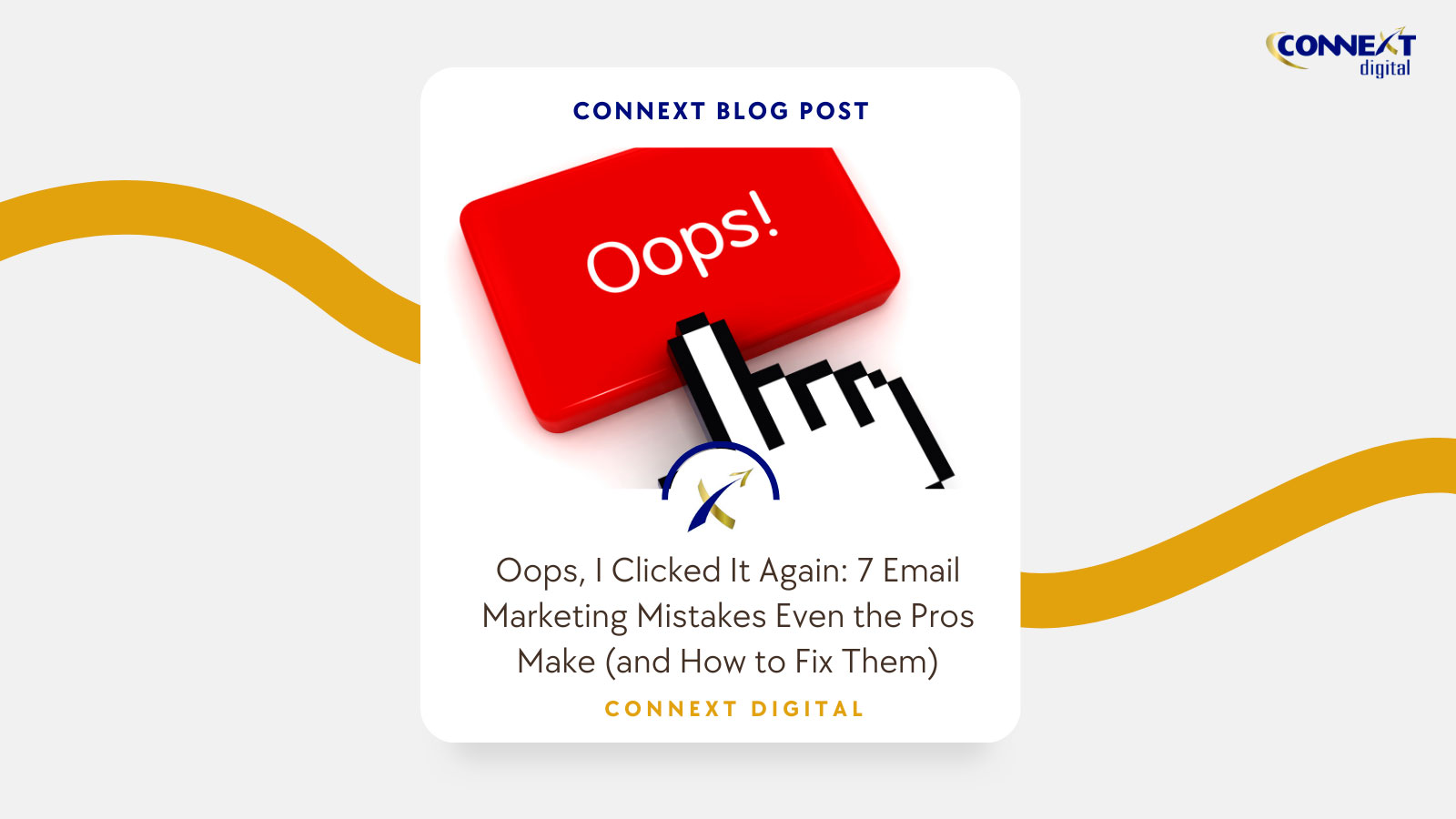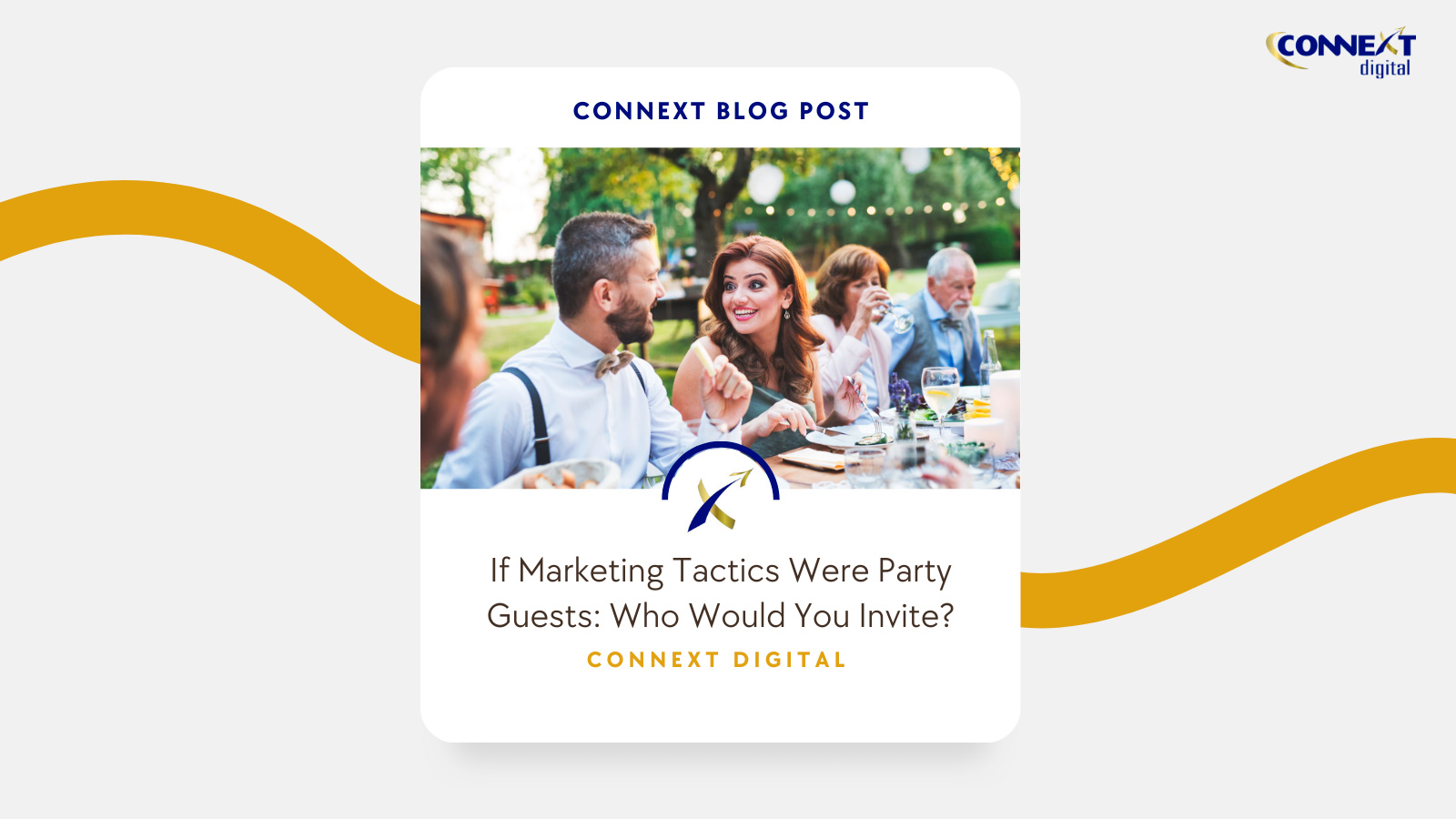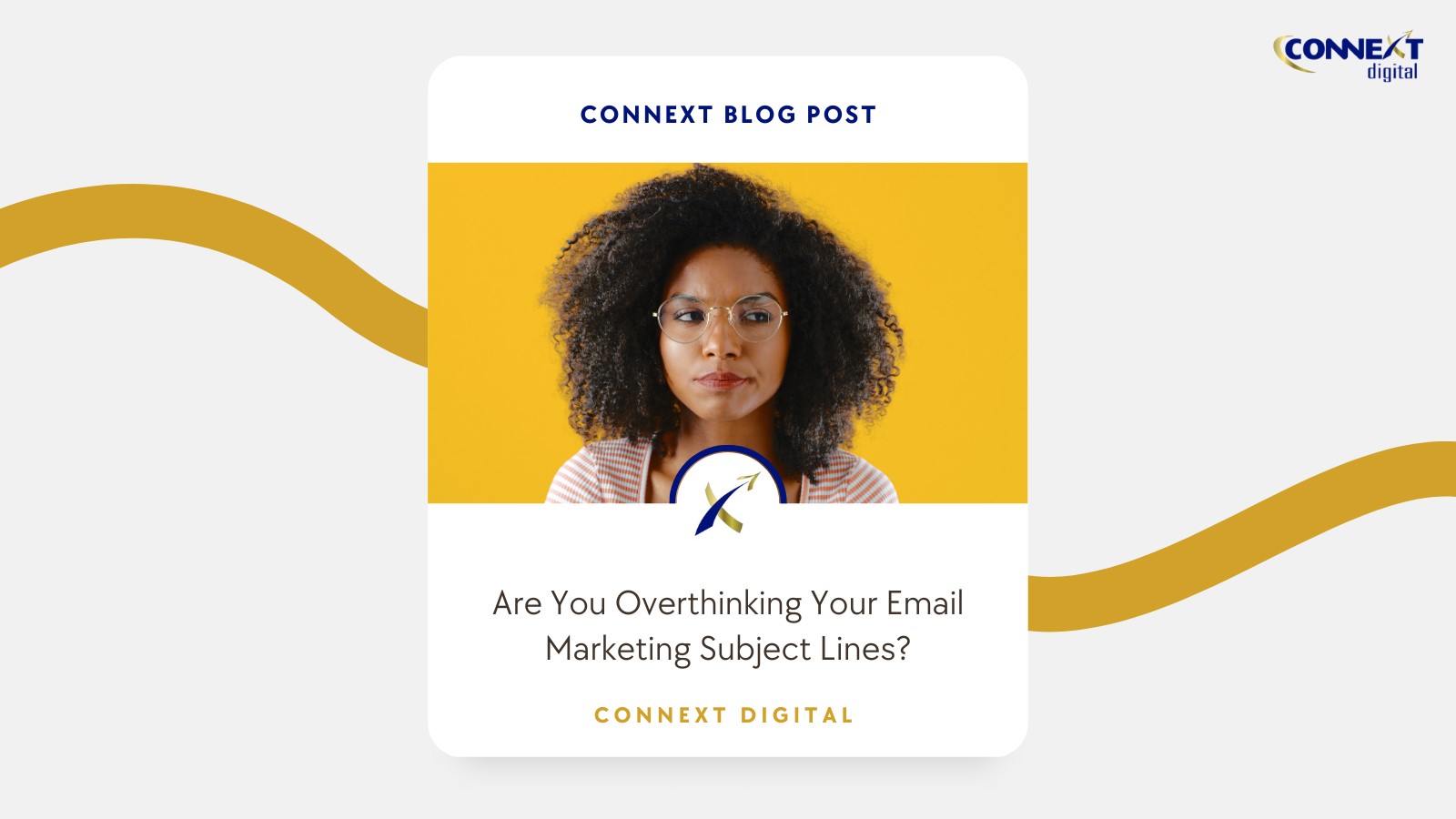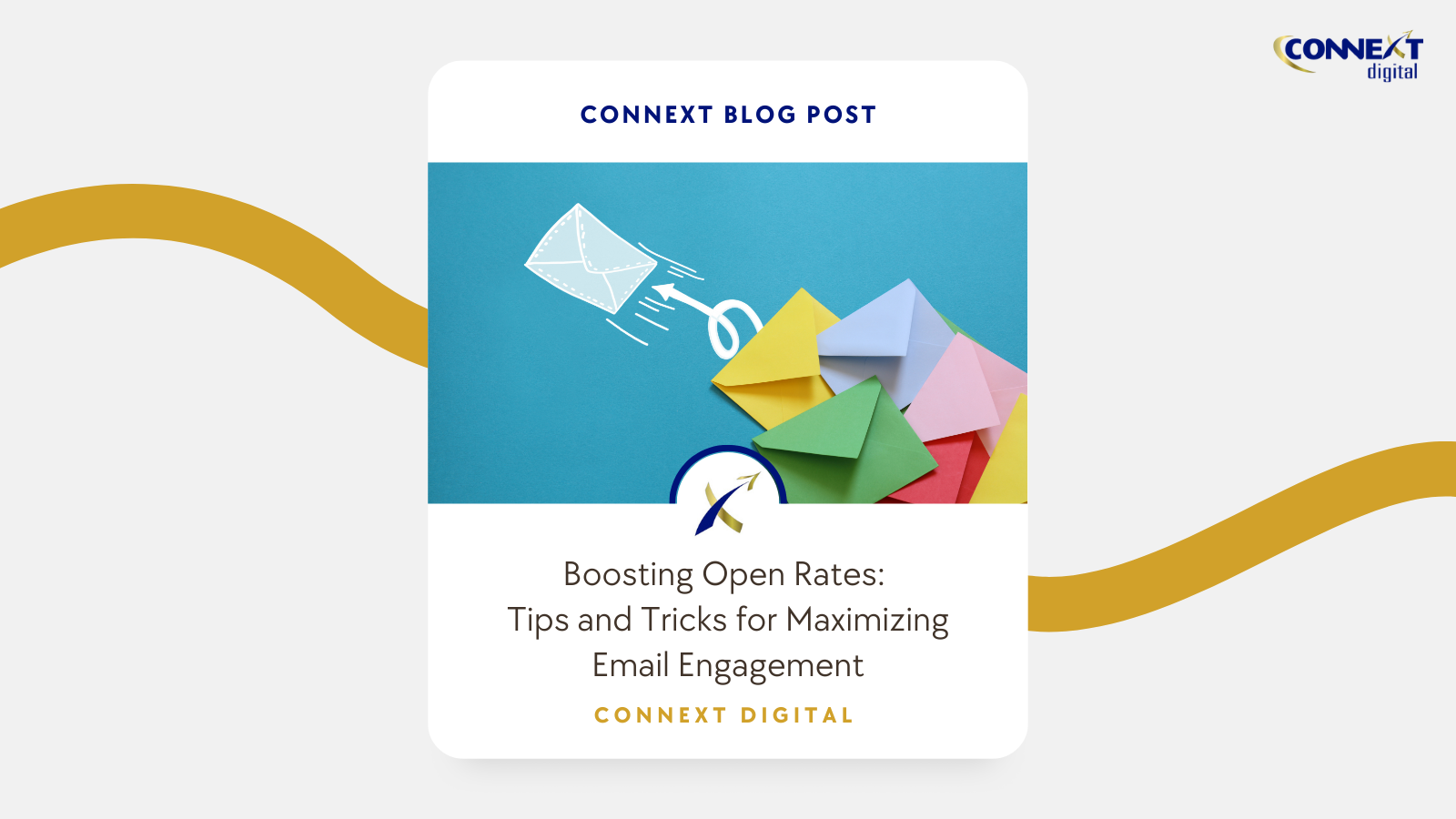
6 Types of Mobile Phone Advertising
As marketers, you have the responsibility to understand current customer preferences to better market your business’ products and services, and that includes where or what they are mostly spending their time on. The simple answer to that: smartphones and mobile devices.
According to Statista, there were 4.77 billion mobile phone users around the world in 2017, with the number expected to rise to 5 billion by 2019. In the US, about 77% of its population are smartphone owners, with 60% of social media activities being done on it. The prominence of mobile devices has also made mobile advertising an excellent channel to market your business.
Mobile phone advertising easily puts your message in front of your audience at the right time—and more often than not, it’s on social media. Social media mobile ads can generate higher CTR compared to traditional display ads with more than 1% CTR.
In addition, mobile ads can harness the geo-targeting and data-matching capabilities of the smartphone to their advantage, allowing businesses to capture ample amount of customer data like location and shopping preferences. Through data enrichment, you can collect, organize, and choose the right information to personalize your message, ad, or content and gain your audience’s attention.
There are many types of mobile ads that you can use depending on your customers’ information and the nature of your campaign.
Banner Advertisement
Perhaps the oldest form of mobile ads, banners, are usually embedded into a website or app and placed either at the top or bottom of the screen. Since it’s an old form, banner ads are supported by many publishers and are relatively inexpensive to create, despite being more image-heavy and having an extensive reach.
Banner ads attract and redirect users from the initial page to the advertiser’s page or app. According to Statista, $7,778.5 million in sales were generated in China from banner ads in 2017.
When creating banner ads for smartphones, opt for 320 x 50 or 300 x 50 dimensions, as these are the most effective sizes for the small device. For tablets, go for 728 x 90 or 300 x 250; but since graphics may not fit perfectly within the dimensions, make sure to create content that will fit perfectly for wide and short formats. Here are other tips to take note of:
- Use visually appealing graphics with a clear CTA.
- Make a distinction between the ad and the app’s features.
- Use an animated banner with a refresh rate of 30 seconds to improve the user experience.
- Don’t place the ad near any elements that can cause accidental clicks.
- Use just one kind of banner on a screen, or place it across several screens to possibly raise CTR.
- Have different banner options.
Native Advertisement
This kind of ad is designed to blend in organically with the mobile environment, so it’s perceived as part of the app, and not a separate ad. Sharethrough.com and IPG Media Lab found that the time spent watching native ads is almost the same as the time for viewing original content. This results in a high CTR (10.6%) and better engagement (14%).
As native ads share the same look as the site or app, it’s less disruptive and impossible to block. It also requires minimal design, often consisting only of a thumbnail and headline. Since each platform is different, native ads can be hard to scale. To learn more about native advertising, visit Storygize.
Video Advertisement
From the name itself, this kind of ad uses videos and appears when using an affiliated app or played willfully from the site or app. Obviously, producing video ads require a higher budget, so it’s no surprise that $4 billion were spent for it in 2017, and that is expected to balloon to $7 billion in 2019.
While most people find TV ads annoying, video ads on mobile are considered less distractive, as observed by Google and Ipsos. The study also suggests that 98% of smartphone users between 18–34 years old prefer to use their smartphone to watch content daily.
There’s also “Rewarded Videos Ads” or non-skippable ads that reward the viewer after watching the video. This is used to increase ad revenue for the publisher and is also a way to monetize an app and to introduce freemium game content.
When creating a video ad, keep it simple (make it 15 to 30 seconds short) but creative. Do not use irritating visuals or audio so that you can achieve higher engagement.
Interstitial Advertisement
Also known as full-screen ads, interstitial ads appear at app transition points to make it more natural, like going to the next game level, while an app is loading, or after it is closed. The size allows for a broader message and visually-compelling imagery. These ads have higher CTR compared to banner ads because of the size and its bigger impressions on users.
Interstitial ads for mobile should ideally have a 320 x 480 or 480 x 320 dimension, while ads for tablet should be 1024 x 768. Make sure that it will only be displayed when the user has completed a task, so as not to interrupt the main app activity. When done correctly, it will increase your brand engagement.
Rich Media Advertisement
Elements like audio, video, text, images, or even mini-games can be used in rich media ads. It aims to provide an enhanced user experience to stimulate brand awareness and purchase intent. These ads benefit from mobile-specific technology so that it can be synchronized with JavaScript and HTML.
According to IAB and comScore, rich media or multimedia banner ads result in better user interaction, brand recall, and message recall.
SMS Messaging
One of the basic features of a mobile phone is also an effective ad format. SMS ads are efficient for wide reach because it is supported by major network carriers and available on most mobile phones. Text campaigns are also easy to create because they are simple. Although poorly-designed text campaigns may result in customers opting-out.
However, remember to send a sign-up invite to customers first. They should willingly opt-in before they can receive special offers or information from you.
Conclusion
Mobile ads are a practical and cost-efficient option that gives positive results without diminishing the quality of the campaign, especially since new trends and technologies allow marketers to be as creative as possible with their work. It is a must-have strategy in this digital era that will help you grow your business.
With all these choices available it may be overwhelming for marketers to find the right type of mobile ad for their business. Each has their own advantages and drawbacks. Choosing and using the right kind means having to understand your company’s sales and marketing goals more deeply, so you can make the right decision.





